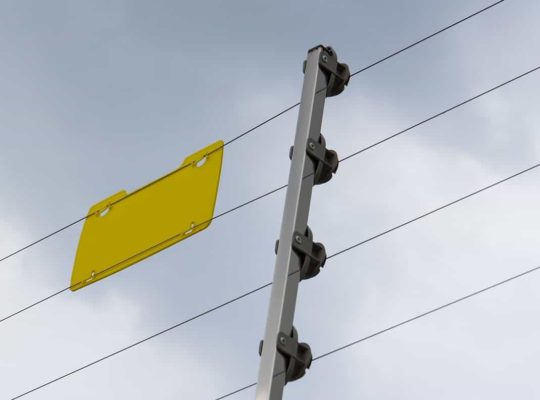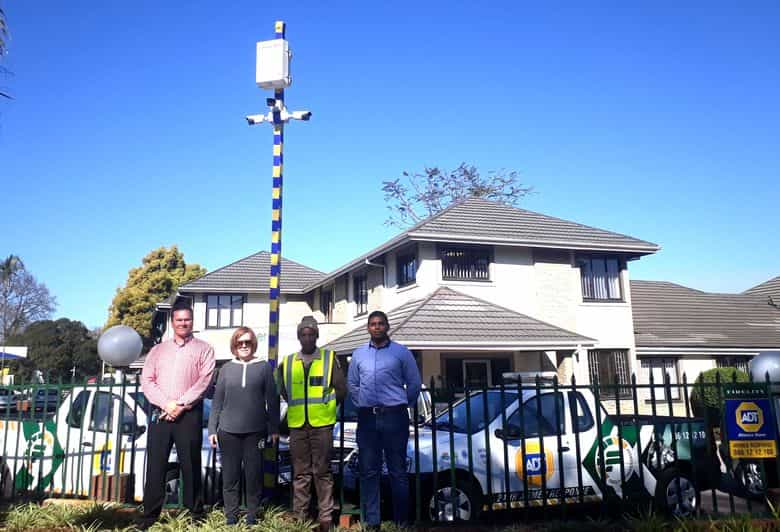It is not uncommon to see properties without any form of perimeter protection in South Africa, but it certainly is not the norm as an unprotected perimeter is an open invitation to criminals. Walling or palisade fencing, often reinforced with electric fencing and other security systems are most common for homeowners. Complexes are also commonly protected by electric fencing, among other security measures.
Perimeter protection is a homeowner’s first line of defence against criminals, and electric fencing is one of the most effective perimeter security solutions.
But are criminals really deterred by perimeter security?
Homeowners should always remember criminals are brazen and determined. We know they have their own ways and means of getting through electric fencing and other forms of security, but proper perimeter security is a total put-off to criminals. They will rather move on to an easier target than risk spending too much time on getting through good perimeter protection.
There are three things which make an electric fence most vulnerable to penetration:
- The homeowner thinking the fence is electrified when it actually is not
- The fence’s alarm not working
- The fence not linked to a reputable armed response company
Criminals will try their luck and test whether a fence is electrified. They may attempt to breach it and then hide nearby to see whether the alarm is sounded or whether an armed response vehicle arrives. If neither happens, they will take advantage of these weaknesses within minutes.
Homeowners can ensure their electric fence is working properly to provide maximum protection at all times by doing the following:
- Regularly checking that the fence is armed, especially in periods of loadshedding
- Checking the battery back-up is adequate to last when the power is off
- Trimming back any foliage which could interfere with the fence and sound false alarms. Trees and branches overhanging a perimeter wall are easy access points for criminals too
- From the start, installing the electric fence through a reputable company and having it linked to an armed response service provider so that when the fence is triggered, their control room receives the signal immediately
- Talking to the installer about anti-lift brackets and other devices to protect the fence from being tampered with
- Understanding the zoning of the electric fence, especially on a big property. This is important because the armed response company needs to immediately see which part of the fence has been breached and where the criminals potentially are
Likening home security to peeling back the layers of an onion, the first layer is perimeter security like walling and electric fencing, the second layer is security systems like garden beams and sensor lighting, the third layer is good security gates, door locks and burglar proofing and the fourth layer is an alarm system and panic buttons.
Enveloped in these layers of security, a family should be safe. Add to this good personal security habits, and your home environment should be a safehaven for everyone living there. Good home security starts with that first layer – the perimeter. If this includes an electric fence, make sure it is always in good working order and that you regularly check it for anything which could hamper the fence’s performance.











